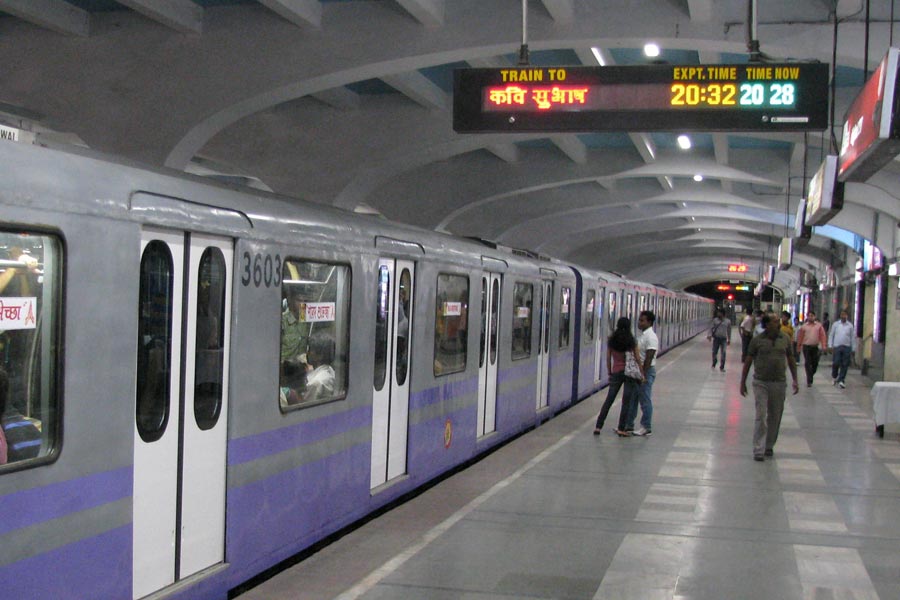 |
| The toy train run by the Darjeeling Himalayan Railway. A Telegraph picture |
Siliguri, March 31: The look of a coal-fed engine, the power of one driven by diesel, the touch of heritage and in sync with nature. That’s the toy train locomotive of the future.
If all goes well with the trial runs between Siliguri Junction and Kurseong, the faster, safer locomotive, tugging more charming and comfortable coaches, will soon take to the tracks on the Kurseong-Darjeeling-Kurseong and Darjeeling-Ghoom routes.
Hounded by heritage lovers to keep the steam engines running and environmentalists shouting themselves hoarse about the pollution caused by the fumes, Darjeeling Himalayan Railway authorities have finally found a “middle path”.
“Though the oil-fired locomotive will have the feel of a steam engine and work on some of same principles, it will be powered by diesel, instead of coal. The locomotive will even emit black smoke, but the amount and the adverse impact on the environment will be significantly less,” said Karan Singh, the chief executive officer of the railway and senior area manager of the New Jalpaiguri railway station.
“The trials have begun and once our experiments are successful, we will introduce the locomotives on two routes,” he added.
The move, the chief executive officer felt, would help turn the flagging fortunes of the heritage on wheels.
There’s more to the toy train makeover. More carriages, more comfort, more speed and more safety on the New Jalpaiguri-Darjeeling stretch.
Northeast Frontier Railway will buy three high-powered diesel locomotives that can pull four to five coaches at a time.
“The locomotives will come from Golden Rock Workshop of the Indian Railways in Tamil Nadu,” Singh said. “We have sent a requisition for six new coaches to the railway coach factory at Kapurthala. These coaches will have well done up interiors and offer more comfort to the passengers and sport air-braking systems.”
Trains at present have a padlock braking system. “In this system, brakes are not uniformly applied and the train takes a longer time to stop. In the air-braking system, once the brake is applied, all the coaches stop at once. The new system will help the train run at a higher speed,” he added.
The sleepers too are in for an overhauling.
“The existing sleepers will be replaced with landslip-resistant ones. Work is on to strengthen the tracks and help the train clock greater speed. We will be able to bring down the time taken by at least one hour,” Singh said.
No one, however, knows how fast the innovations will be put in place.
“We have send our requisition to the authorities. We are waiting for them to respond,” he added.










